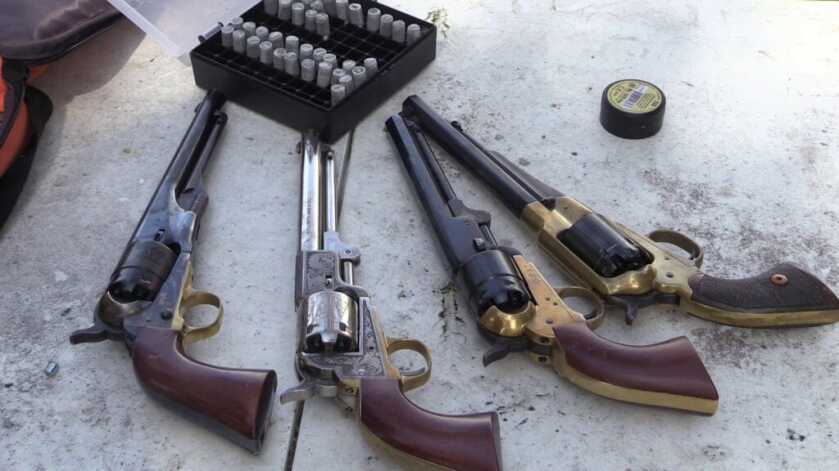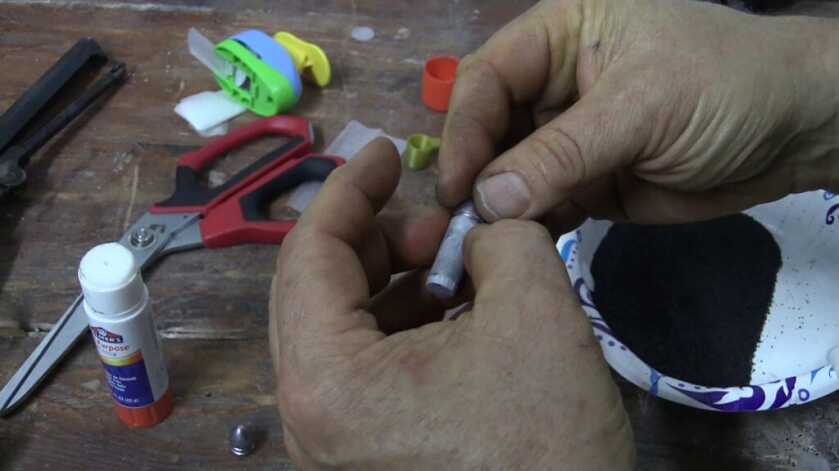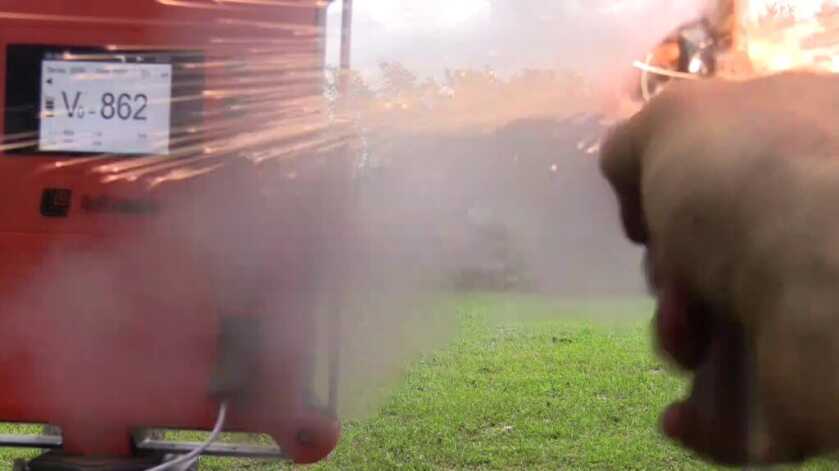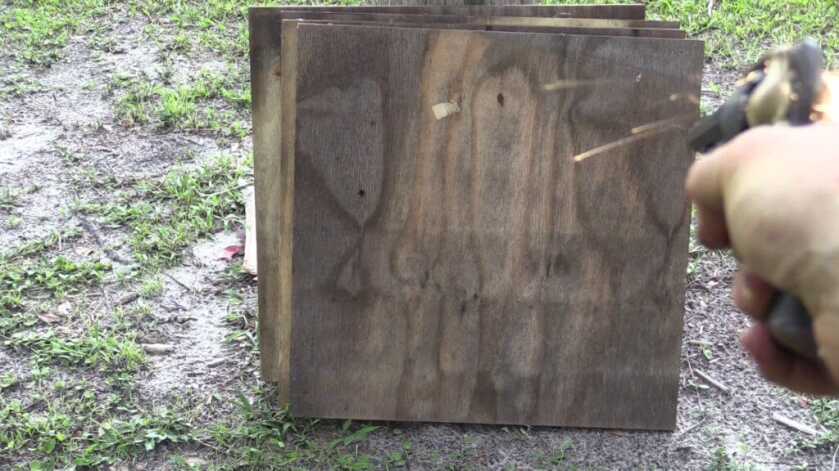
Resources:
Paper Cartridge Formers: https://www.cartridgekits.com
.44 Kerr Bullets – Now Available at Cartridge Kits!
There has always been a quest for the ideal bullet, and it did not start in the cartridge era. Civil War battlefields have produced dozens of bullet patterns in dig ups, and they far outnumber the roundballs when it comes to revolvers.
The 44 Kerr is another historically valid bullet from the folks at erasgonebullets.com. The Kerr was actually a Civil War pistol imported from England that saw a good bit of distribution and use, more than confederate made revolvers apparently, but that has disappeared into the dustbin of history. You just don’t hear about the gun much, and I don’t know that I have ever seen one in a movie or TV show. The Eras Gone Youtube Channel has a good few videos on the history and use of the bullet.
I figured that it would be a good idea to go over the basic use and ballistics of the bullet in some common revolvers, because even though the molds are sold out again, I’m sure many of you following this column bought the mold when it recently became briefly available. There is no backorder or reserve system at Eras Gone, but they are at least limiting people to two molds at a time now.
This article and video are on a bullet mold, not really a bullet. For those of you who are new to this column, I need to take that couple steps back to explain that tiny point. There are places online to buy some of these bullets, including cartridgekits.com, but for the most part, we are talking about buying a mold and casting your own bullets. There is a recent article in this series explaining how to do exactly that.

The Kerr bullets are easy to cast, and fall from the mold with no trouble. With pure lead, or mostly pure with a little tin, they drop about 220 grains, so think 45ACP size. The bore on most “44” cap and ball revolvers is around .452, which is the size bullet you use for 45ACP. The sides of the bullet are angled slightly inward, so instead of having a visible skirt, the slight cone shape of the bullet naturally centers the bullet into the chamber as it is squished by the loading lever.
My experience with this bullet I would not call entirely positive.
For one, a brand new Pietta 1851 Navy does not fit the bullet down into the chamber far enough to clear the loading lever. The founder of Eras Gone, Mark Hubbs, shows the same revolver in his videos as the one you see in mine, but the bullet fit his, but it does not fit mine, which was recently purchased.

That means that since this bullet was introduced, or certainly since Mark’s revolver was made, Pietta has made their loading lever longer. There is a similar problem with the newer Pietta 1858 Remingtons with the Johnson & Dow bullet. It clears the gate, but the bullet catches on the lever. I doubt Mark enough knows this about the newer Piettas.
The result is that the Kerr is of no benefit over any other conicals regarding this specific gun. The 44 caliber 1851 Navy, made by Pietta, in a brass frame with a round barrel is the most common reproduction revolver made. It is the cheapest, and it is sold under many names.
As I showed in the video, other types of guns that have a 51 Navy type frame will probably work fine. I featured a Dance revolver in the video. It was a gun made in the south, and it is only slightly different from a regular 51. The bullet cleared just fine. Likewise my Pietta 5 1/2″ Marshall revolvers. They fit just fine. And none of these guns fit the Johnson & Dow bullet at all.

If you are unfamiliar with how to make paper cartridges, I included a quick how-to in the video. Since these cartridge kits became available, that is pretty much all I shoot in my pistols. The Kerr bullet is easier to seat than the Johnson & Dow, as well as the .450 Lee bullets, because of the taper, the edge of the bullet clears the edges of the paper much easier. It doesn’t catch and bend it as often, if at all. You just have to make sure to seal the glue well.

Ballistically, I am kind of shaking my head after this first outing with the Kerr. After my recent article on the ballistics of the ’58 Remington using the Johnson & Dow bullet, I figured that I’d get 850 feet per second right out of the gate. Nope.
Eventually I did make it to that velocity using Hodgon Triple Se7en, but 3F Goex struggled to get over 750 in the Remingtons, and in one of my Pietta 1860 Army guns, it struggled to even get to 700, and often dragged under 600. I don’t know if that gun specifically has a manufacturing tolerance issue, if the 60 Army just doesn’t have the economics of energy naturally. That will be determined at some point, because I have a lot of those guns to compare.

I am going on a theory right now that the Kerr bullet does not “like,” for lack of a better word, black powder.
If you think about it, the bullet is a cone. That means, when it starts out, the front bands of the bullet hit the forcing cone, but the rear ones do not. As the bullet is compressed into the rifling to fully engage, it what we call “slugs up” from the back, making it uniformly cut by the rifling by the time it exits. Mark has a video where he shoots plastic jugs (and it goes through 7), and he shows that all the bands of the Kerr bullet do fully engage the rifling, even with tame loads.
So even with my full snot to the top of the chamber loads (at least the top in the Colts), some of the energy from the charge is used to slug that bullet up in the forcing cone, and in so doing, some energy is definitely lost at the cylinder gap, as the gas passes by the sides of the bullet as it leaves the cylinder.
Triple Se7en operates under much higher pressures than black powder, so that initial job to slug up the bullet would theoretically happen quicker and with less effort.
So the end result, even if that is a pea brained theory, is that the bullet likes Triple Se7en a lot more than it likes Goex.
And I was able to get a pretty reliable 850 feet per second, which is about standard traditional 45ACP ballistics. But not in the 1860 Army, so that will require further investigation. I am not a fan of that gun for self defense anyway, and for plinking, who cares about velocity.
At the end of the video I did a brief penetration test with some 3/4″ plywood. I like the milk jug tests, and they do leave a nice pristine fired bullet usually, but I think thicknesses of plywood give you a much more real world analysis of what that gun and bullet can do. When it comes to small caliber guns, or these antique war horses, I think we all wonder if a pistol bullet will penetrate a few layers of clothes at 10 yards. and I try to make a regular point in this column that we are dealing with serious ballistics here, comparable to modern calibers, with room to spare.

The 44 Kerr, using what I would not consider a heavy load, easily penetrated 2 sheets of 3/4″ plywood at point blank range. With FFFG Goex black powder, the bullet lodged in the 3rd sheet and broke through the back of it. The Triple Se7en broke through a little more ,and punch a deep dent in the 4th. So despite a difference of 50 to 100 feet per second, there wasn’t a substantive difference in performance on that particular penetration test.
The Kerr bullet is a bit of a disappointment because of the issue with the brass 51 Navy, and there is definately something up when it comes to shoot it with Goex, but none of that should detract from the fact that it is a brutal hammer of a bullet, with historical accuracy from the war of Northern aggression. When it becomes available again, I’m sure it will again sell out quickly.
Resources:
Paper Cartridge Formers: https://www.cartridgekits.com
.44 Kerr Bullets – Now Available at Cartridge Kits!

Just bought a 1858 and the keer bullet mold and it works perfect,clears just fine
Mark altered his gun and loading lever to accomodate these bullets. He details this very nicely in another video
I’d be curious to see how the Kerr works out of either a Dragoon or Walker.
The pure lead Lee conical on top of as much Pyrodex as you can stuff in the Ruger Old Army is as accurate and deadly as you need. I get better accuracy than a Ruger 357 and deer fall over dead with one shot thru lungs. Energy between 9mm and 357. This is a swaged load with the loading arm, I guess you could call that compressed….